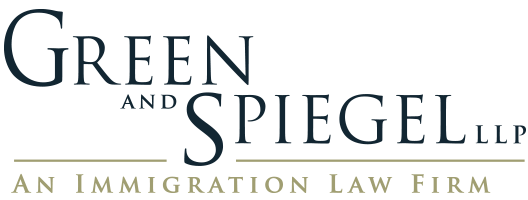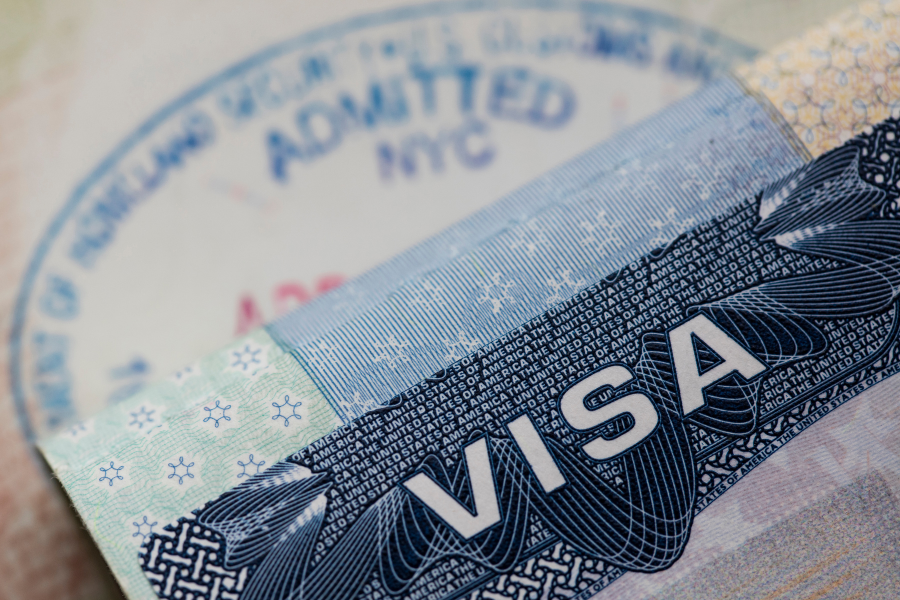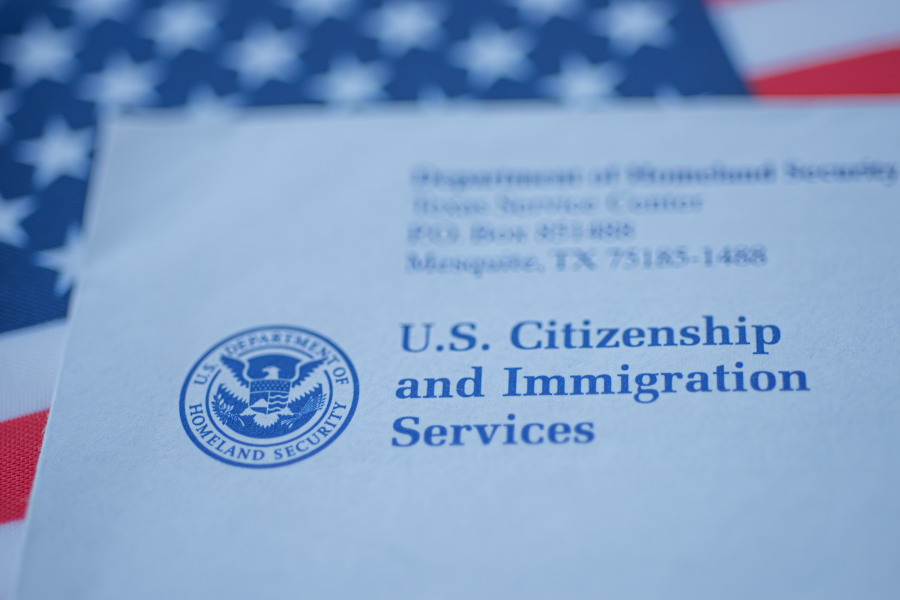Quick Takeaways
- Restrictions on travelers from Schengen Area countries, the UK/Ireland, and Brazil, set to expire on January 26, 2021, though Biden expected to reinstate.
- Elevated standard for H-1B employer-employee relationship may be sidelined as a “midnight regulation” and would be subject to legal challenges, though may have slightly stronger chance of surviving in some form.
In a term marked by immigration-related executive actions, it is only fitting that the Trump Administration’s last week includes several Presidential Proclamations in this arena. Whereas the original Travel Ban issued in 2017 sparked immediate protest and kicked-off four years of legal battles over the President’s Executive Orders and other actions, these closing salvos are unlikely to cause so much disruption with the Biden Administration set to take power later today. That being said, they still merit consideration.
Lifting Travel Restrictions, But Not For Long
On January 18, 2021, the White House announced that as of 12:01AM on January 26, 2021, the Department of Homeland Security will no longer enforce restrictions on travelers from Schengen Area countries, the UK/Ireland, and Brazil. According to the Proclamation, these restrictions, which forbid non-U.S. Citizens and Permanent Residents from traveling to the United States within 15 days of being in an affected countries without qualifying for an exemption (e.g., as the spouse of a U.S. Citizen) or securing a National Interest Exception, are no longer necessary for Schengen Area countries, the UK/Ireland, and Brazil, due to the Center for Disease Control’s requirement that all travelers provide a negative COVID test before boarding any flight from abroad to the United States. Citing their government’s refusal to cooperate with the United States on this topic, the Proclamation refuses to lift the restrictions for visitors from China and Iran. Importantly, the Biden Team has already signaled that it will maintain these restrictions upon entering office. As such, affected individuals are unlikely to see an easing on international travel to the United States anytime soon.
Changes to H-1B Employer-Employee Definition and Obligations
In another effort to attack the H-1B Program, the Trump Administration announced on January 15, 2021 that it would seek to strengthen one portion of the rules a District Court struck down back in December 2020: the definition and obligations of an employer for H-1B purposes. By way of background, litigation over the course of last year forced USCIS to withdraw numerous policy guidelines, as well as proposed rules, that elevated H-1B employers’ obligations with respect to establishing eligibility for H-1B status. These measures, largely targeting information technology companies stationing workers at third-party locations but applicable to all H-1B petitions (and, arguably, other Labor Condition Application-based classifications such as E-3s and H-1B1s), elevated prevailing wages, constricted the definition of specialty occupation work, demanded proof of non-speculative availability of work for the full period requested, and sought heightened evidence of an employer-employee relationship for that period, as well. Again, these efforts were struck down via a June 2020 settlement and a subsequent Policy Memorandum, as well as an injunction from December 2020. As a result, the Regulation’s clear definition of what constitutes an employer-employee relationship – that the petitioner must be able to hire, pay, fire, supervise, OR otherwise control the work of any such employee – and not the higher and more malleable standards set forth by the Trump Administration, would be given full effect.
Now, the Trump Administration has proposed language that would change the definition of an employer-employee relationship from the clear text of the Regulations, to a series of factors which must be considered in their totality, effectively forcing USCIS adjudicators to determine whether a common law employment relationship exists. The upshot of this ad hoc, highly-subjective weighing of numerous elements without clear guidelines is that if an H-1B Petitioner’s client is deemed to be an employer under this standard – even if they do not pay the individual, or have the ability to hire or fire them, the client would also be required to file a Labor Condition Application and H-1B Petition on behalf of the worker stationed at their location. In so doing, the clients of H-1B Petitioners would assume the legal obligations of an employer, even if the individual is an independent contractor working on behalf of the H-1B Petitioners themselves, which would likely deter U.S. companies from utilizing information technology services providers that have H-1B workers on their staff.
It must be noted that as a “midnight regulation,” the Biden Administration may choose to sit on this proposed change, and that therefore it will not come into effect. And if it does come into effect, it will surely spark further litigation, further weakening its chances of being implemented. However, given the widespread antipathy towards information technology outsourcing companies that have long been considered to abuse the H-1B Program, it may prove a favorable target or be leveraged as a trade-off for other concessions in President Biden’s ambitious plans for immigration reform. For these reasons, we will continue to keep a close eye on this rule as it develops, and remain on the ready to assist should you have any questions about its effect.





